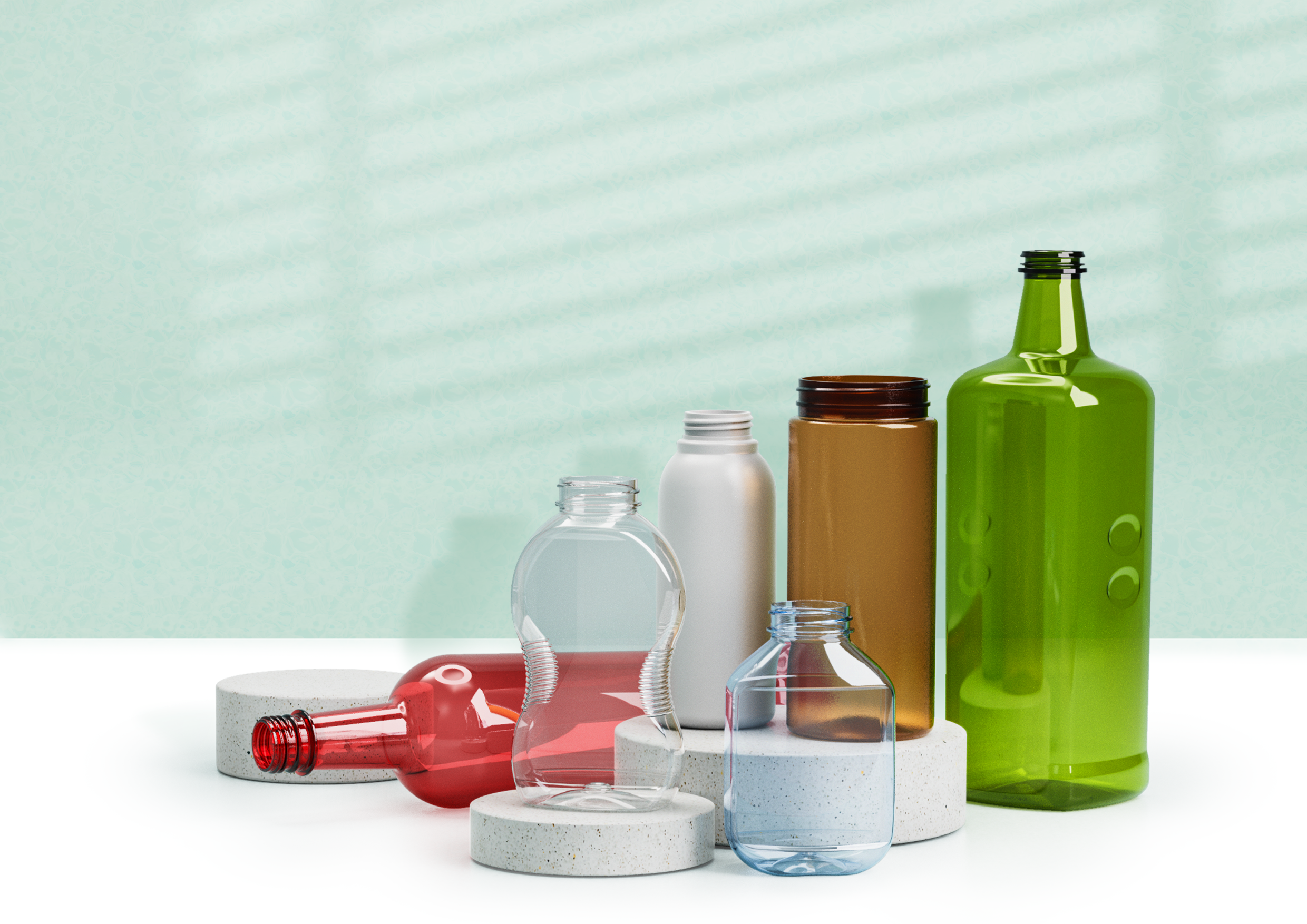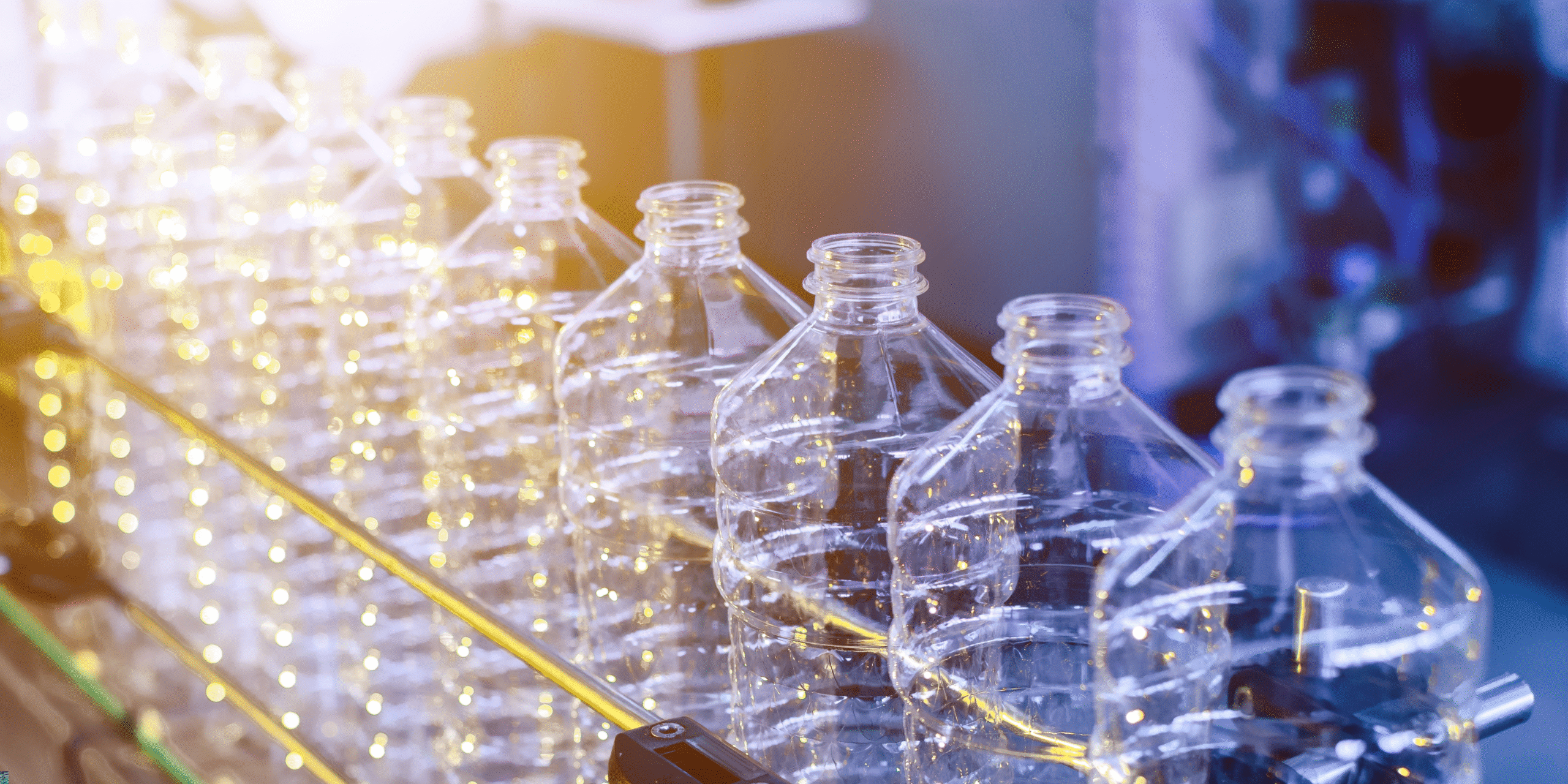Due to sustainability becomes the new standard in packaging, brands across the U.S. are rethinking how plastics are sourced, used, and reused. Among the materials driving this shift, recycled polypropylene (rPP) stands out as a practical, high-performance solution for circular packaging.
This guide explores what rPP is, how it’s made, and why it’s becoming essential for the next generation of sustainable packaging.

- What is rPP (Recycled Polypropylene)?
rPP, or recycled polypropylene, is a thermoplastic polymer recovered from post-consumer or post-industrial waste. It’s the recycled form of PP (polypropylene), one of the world’s most widely used plastics, known for its strength, lightweight nature, and resistance to heat and chemicals.
When collected and processed correctly, rPP can be reused to produce durable packaging materials such as caps, jars, containers, and closures. This process not only reduces landfill waste but also lowers dependence on virgin plastic resin, cutting down carbon emissions across the value chain.
- How rPP is Produced
The production of rPP involves several key stages:
- Collection and Sorting: Used polypropylene items are collected from recycling streams and sorted by type and color to ensure purity.
- Cleaning and Shredding: The sorted plastics are cleaned to remove labels, residues, and contaminants, then shredded into small flakes.
- Reprocessing: These flakes are melted and pelletized to create rPP resin, ready to be used in new packaging applications.
- Testing and Certification: Quality assurance and FDA compliance testing ensure that the recycled material meets safety and performance standards, especially for food-grade packaging.
Thanks to advances in mechanical and chemical recycling, today’s rPP offers improved color consistency, strength, and odor control-enabling its use across a wider range of packaging formats.
- Why rPP is Important for U.S. Packaging
The U.S. market is rapidly adopting rPP as sustainability goals tighten and consumers demand eco conscious choices. Several advantages make rPP particularly attractive for packaging producers:
- Durability: Retains impact strength and flexibility similar to virgin PP.
- Heat Resistance: Suitable for hot-fill applications and microwave-safe containers.
- Recyclability: Can be recycled multiple times without major performance loss.
- Cost Efficiency: Often less expensive than producing virgin resin, depending on resin availability.
With U.S. regulations encouraging recycled content mandates, rPP enables brands to meet compliance requirements while maintaining high performance and brand aesthetics.

- Applications of Recycled Polypropylene
rPP is now found in nearly every major packaging sector:
- Food and Beverage: condiment jars, yogurt tubs, reusable jars
- Household Products: detergent bottles, closures, and refillable containers
- Industrial and Automotive: bins, crates, and pails
- Personal Care: lotion bottles, caps, and jars
Its versatility and recyclability make rPP a cornerstone material for companies pursuing sustainable packaging at scale.
- The Future of rPP in Circular Packaging
The growing availability of food-grade recycled polypropylene is reshaping how U.S. brands think about sustainability. Investments in advanced recycling and material recovery facilities are increasing the volume and quality of rPP available on the market.
For manufacturers and packaging suppliers, adopting rPP isn’t just an environmental decision — it’s a competitive one. As more brands set recycled-content targets, rPP provides a proven pathway toward circular, compliant, and cost-efficient packaging.
 At Plascene, we’re proud to support this transition by offering a portfolio of recycled polypropylene (rPP) solutions designed to meet performance and sustainability needs across food, household, and industrial applications.
At Plascene, we’re proud to support this transition by offering a portfolio of recycled polypropylene (rPP) solutions designed to meet performance and sustainability needs across food, household, and industrial applications.
Together, we can turn waste into new opportunities – one recycled jar, closure, and container at a time.

